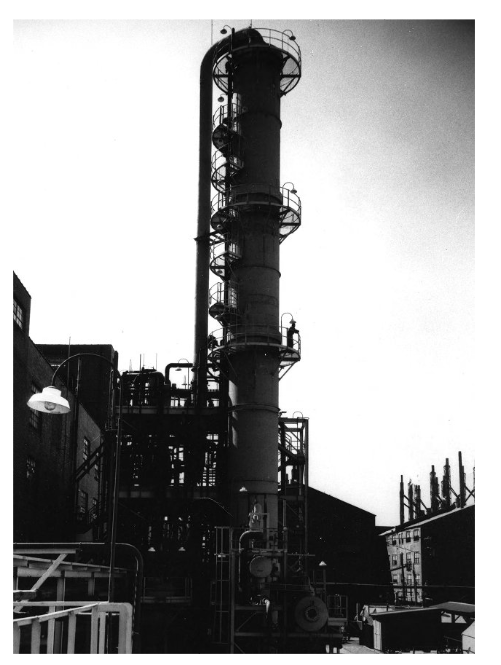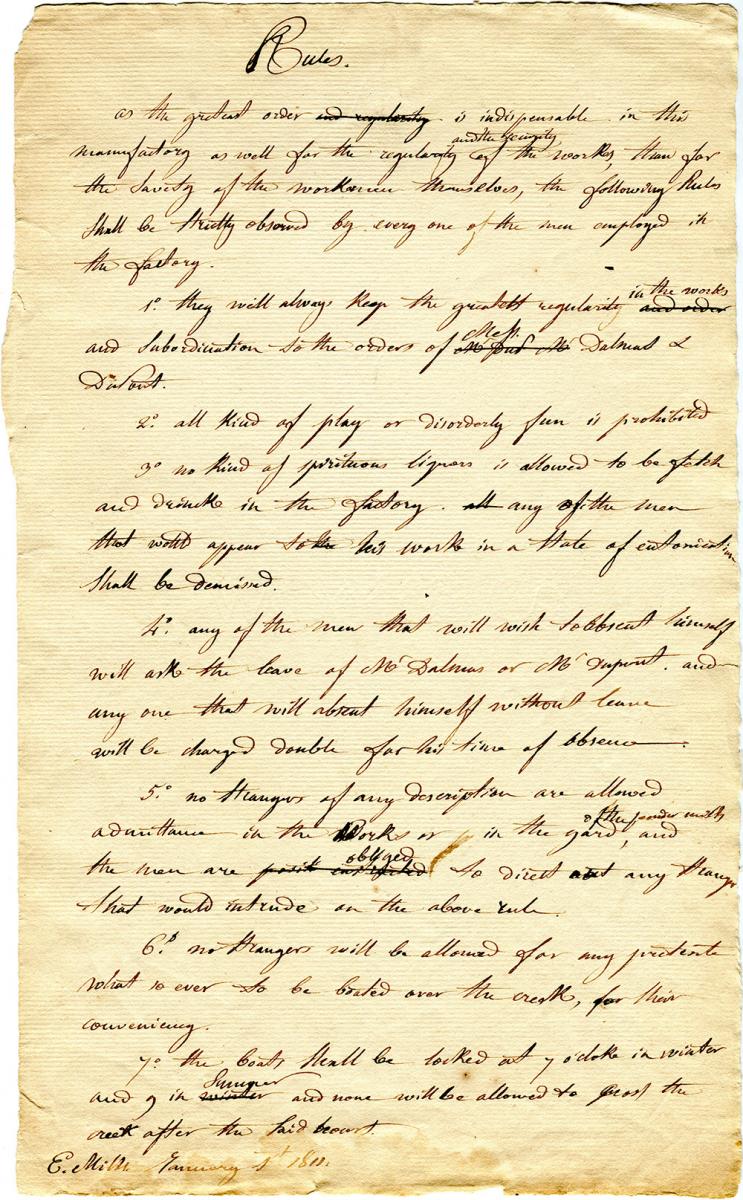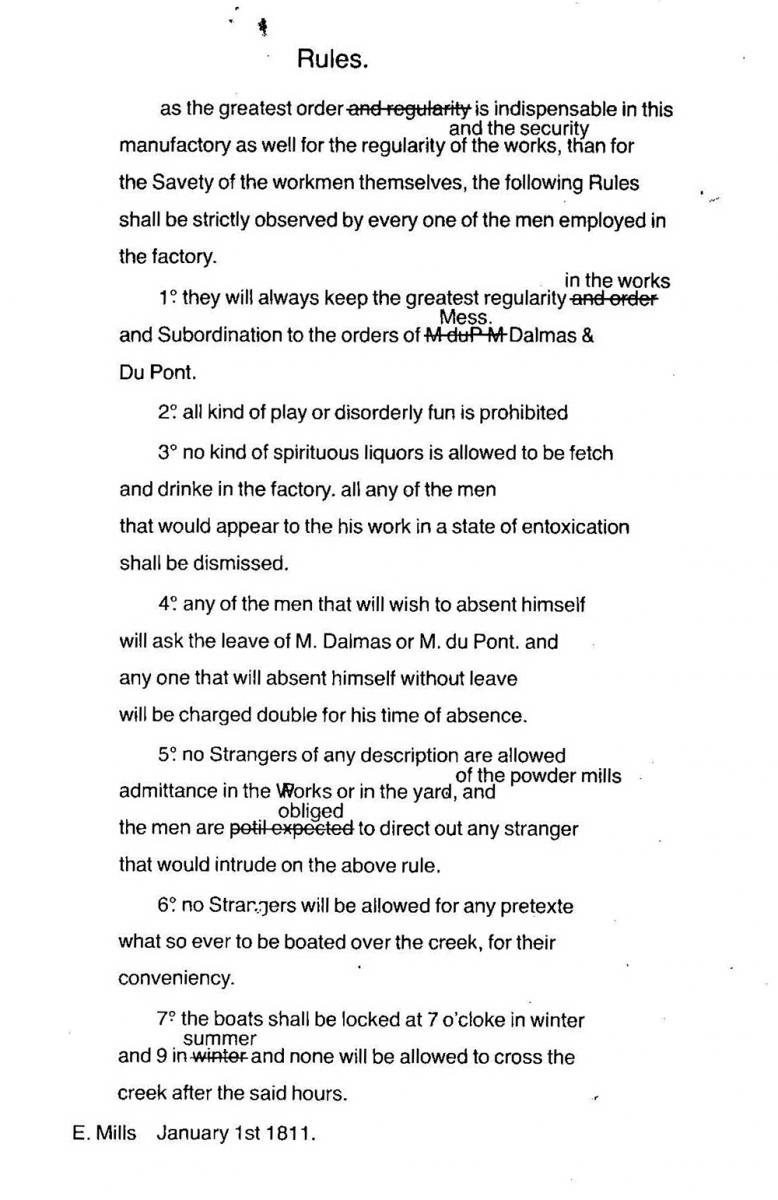After graduating from college, I went to work for the DuPont Company at the Chambers Works, a plant built to make dyes following Germany’s embargo of those materials in World War I. If you have ever driven over the Delaware Memorial Bridge heading into New Jersey, then you’ve seen the Chambers Works; it’s the sprawling site just to the north on the Jersey side. As a rooky engineer, I was frequently given the jobs that no one else wanted. That meant occasionally working the midnight to 8 a.m. shift to provide technical coverage for tests and experiments that were being run in the dye plants.
The only benefit to working those “graveyard” shifts was being able to watch the sun rise from the top of a 100 foot distillation column next to one of the buildings. Technically referred to as an “isomer separation unit”, one could climb half way up the column using a five story, open-steel stair case. Ladders between platforms took you the rest of the way, which I only did once and have no intention of repeating. As luck would have it, I recently discovered a digitized photo of that column on Hagley’s web site along with many others from the Chambers Works.

Isomer separation unit in dyes and intermediate area at DuPont Chambers Works. See the full image in the Hagley Digital Archive.
Two memories immediately came to mind from that photo: the smell of ammonia (used to make dyes) and how tightly I gripped the railings going up and down those stairs. The small signs at each stair landing that warned “use handrails” seemed obvious… why wouldn’t you? However, little did I know that they would become the first of many DuPont safety rules that I would encounter over the next fifteen years. Reflecting back, it would be safe to say that a third of my time at DuPont plants had been involved with safety programs, safety inspections and process hazard reviews. That would come as no surprise to others who have worked for the company since DuPont’s emphasis on safety is legendary. For nearly a century, it has embraced the simple belief that “all accidents are avoidable,” an expression first articulated in executive communications from Irénée and Lammot du Pont in the 1920s[1].
However the roots of DuPont’s first safety program date back over a century earlier to a handwritten set of rules penned by Éleuthère I. du Pont for powder yard workers on January 1, 1811. Found among the archives of William Winder Laird here at Hagley, it lists seven rules of conduct for “every one of the men employed in the factory.” One of the more interesting aspects of the document is the fact that it has a number of corrections which suggest it was a first draft. Below is the original and a transcript of that document, which clearly shows the need for safety and security in the serious business of making black powder:


As it turns out, these documents have been a popular item with DuPont employees for decades and continue to be requested. Ironically, I was recently cleaning out an old file of personal documents from my DuPont career and came across a yellowed copy of them which were given to me over thirty years ago!
Thanks to Lucas Clawson at the Soda House for help with this article.
[1] Safety First: Technology, Labor and Business in the Building of American Work Safety (1870-1939), Mark Aldrich, 1997.
Gene Castellano is the Business Manager for Hagley Heritage Curators.
